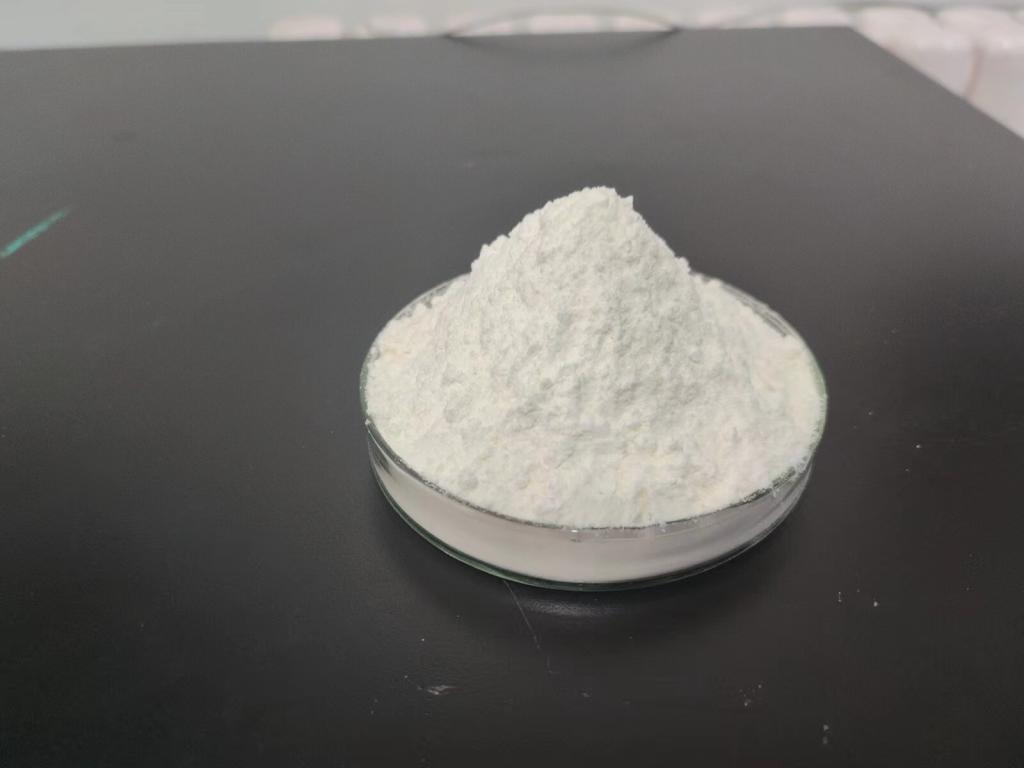Tel:0086 18231198596

News
The stability of ε-Polylysine hydrochloride in acidic environments in acidic food products.
TIME:2024-04-03
Understanding ε-Polylysine Hydrochloride:
ε-Polylysine hydrochloride is a cationic polypeptide composed of multiple lysine residues linked by peptide bonds. It is produced through fermentation of Streptomyces albulus and has been granted Generally Recognized as Safe (GRAS) status by regulatory agencies such as the Food and Drug Administration (FDA) and the European Food Safety Authority (EFSA). ε-Polylysine hydrochloride exhibits potent antimicrobial activity against a broad spectrum of bacteria, yeasts, and molds, making it a valuable preservative in the food industry.
Stability in Acidic Environments:
One of the key advantages of ε-Polylysine hydrochloride is its stability in acidic environments, which sets it apart from many other antimicrobial agents. While some antimicrobial compounds may degrade or lose efficacy in acidic conditions, ε-Polylysine hydrochloride remains active and effective over a wide range of pH levels. This stability is attributed to its polypeptide structure and the presence of multiple positively charged amino groups, which enable it to withstand acidic conditions without significant degradation.
Mechanisms of Action:
The stability of ε-Polylysine hydrochloride in acidic environments is closely linked to its mechanisms of action as an antimicrobial agent. When exposed to acidic conditions, ε-Polylysine hydrochloride maintains its structural integrity and cationic charge, allowing it to interact with negatively charged components of microbial cell membranes. By binding to the cell surface, ε-Polylysine hydrochloride disrupts membrane integrity and permeability, leading to leakage of intracellular contents and ultimately microbial cell death.
Furthermore, ε-Polylysine hydrochloride may also interfere with essential cellular processes, such as protein synthesis and enzyme function, further inhibiting microbial growth and proliferation. These dual mechanisms of action contribute to the effectiveness of ε-Polylysine hydrochloride in controlling microbial spoilage in acidic food products, ensuring both safety and quality throughout shelf life.
Applications in Acidic Food Products:
The stability of ε-Polylysine hydrochloride in acidic environments opens up a wide range of applications in acidic food products. These include but are not limited to:
Dairy Products: ε-Polylysine hydrochloride can be added to yogurt, cheese, and fermented dairy products to inhibit the growth of spoilage bacteria and molds. Its stability in acidic conditions ensures efficacy during fermentation and storage, prolonging shelf life and maintaining product quality.
Sauces and Dressings: Acidic sauces and dressings, such as vinaigrettes and marinades, can benefit from the addition of ε-Polylysine hydrochloride to prevent microbial contamination and extend shelf life. Its stability allows for effective preservation without compromising flavor or texture.
Beverages: Acidic beverages, including fruit juices, sports drinks, and carbonated beverages, can be preserved using ε-Polylysine hydrochloride to inhibit the growth of spoilage microorganisms. Its stability in acidic pH ranges ensures long-lasting efficacy without impacting sensory attributes.
Pickled and Fermented Foods: ε-Polylysine hydrochloride can be incorporated into pickled vegetables, fermented foods, and condiments to enhance safety and extend shelf life. Its stability in acidic environments complements the natural acidity of these products, providing additional protection against microbial spoilage.
Processed Foods: Acidic processed foods, such as canned fruits, acidic snacks, and salad dressings, can benefit from the addition of ε-Polylysine hydrochloride to maintain microbial safety and quality during storage and distribution. Its stability ensures consistent efficacy under varying processing conditions.
Regulatory Considerations:
The use of ε-Polylysine hydrochloride in acidic food products is subject to regulatory approval and oversight by food safety authorities. Regulatory agencies such as the FDA and EFSA evaluate the safety and efficacy of ε-Polylysine hydrochloride based on scientific evidence and establish maximum permitted levels and labeling requirements to ensure consumer safety and transparency. Food manufacturers must adhere to these regulations to ensure the safe and legal use of ε-Polylysine hydrochloride in acidic food products.
Consumer Acceptance:
Consumer acceptance of ε-Polylysine hydrochloride in acidic food products is influenced by factors such as safety, efficacy, and sensory impact. While ε-Polylysine hydrochloride is generally recognized as safe for use in food, it is essential for food manufacturers to communicate its benefits and applications clearly to consumers. Transparent labeling and clear messaging can help build trust and confidence in the use of ε-Polylysine hydrochloride as a natural preservative in acidic food products.
Future Directions and Innovations:
As the food industry continues to evolve, the use of ε-Polylysine hydrochloride in acidic food products is expected to grow. Future research efforts may focus on optimizing ε-Polylysine hydrochloride formulations and delivery systems to enhance efficacy, minimize sensory impact, and address specific food safety challenges. Additionally, advancements in biotechnology and fermentation techniques may lead to the development of novel ε-Polylysine hydrochloride variants with improved stability and antimicrobial properties.
Conclusion:
ε-Polylysine hydrochloride's stability in acidic environments expands its potential use in acidic food products, offering a natural and effective solution for preserving safety and quality. Its ability to withstand acidic pH ranges while exerting potent antimicrobial activity makes it a valuable tool for food manufacturers seeking to enhance shelf life and reduce spoilage in acidic food matrices. By incorporating ε-Polylysine hydrochloride into acidic food products, the food industry can promote sustainability, minimize waste, and meet consumer demand for safe and high-quality foods.

 CONTACT
CONTACT




